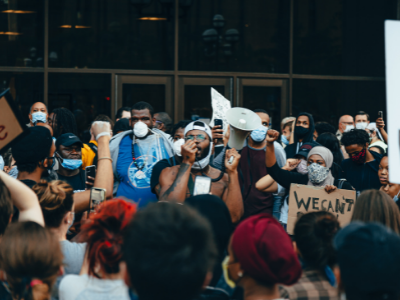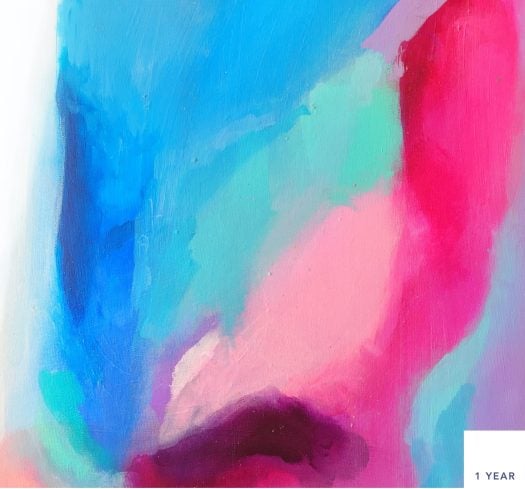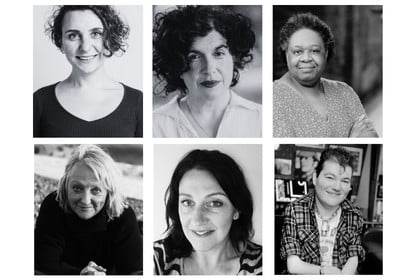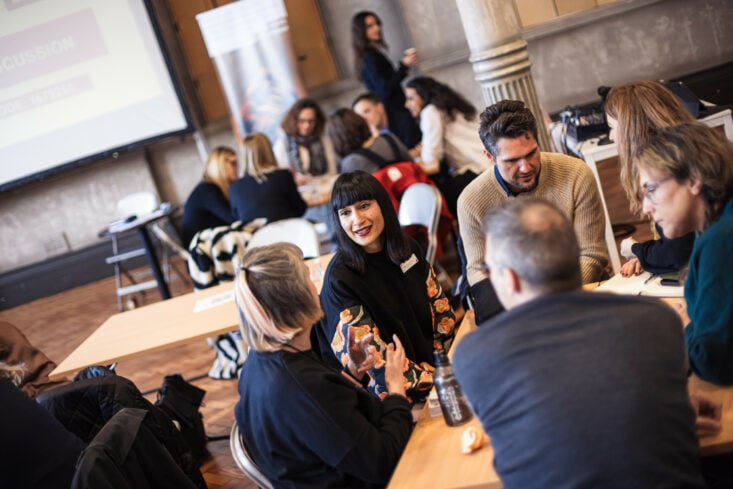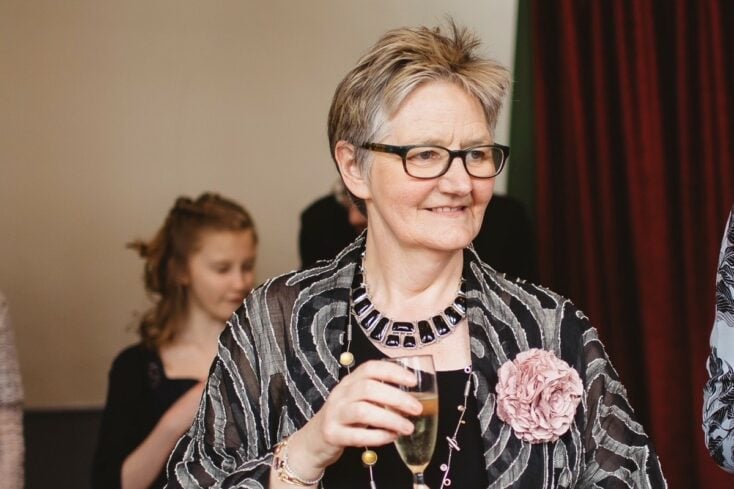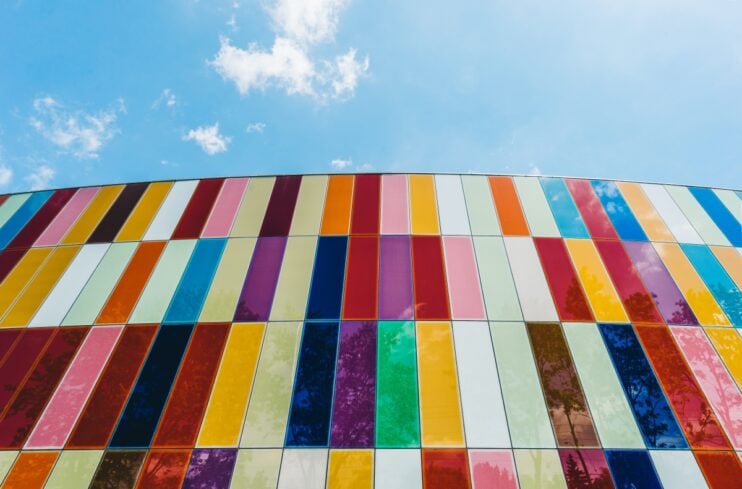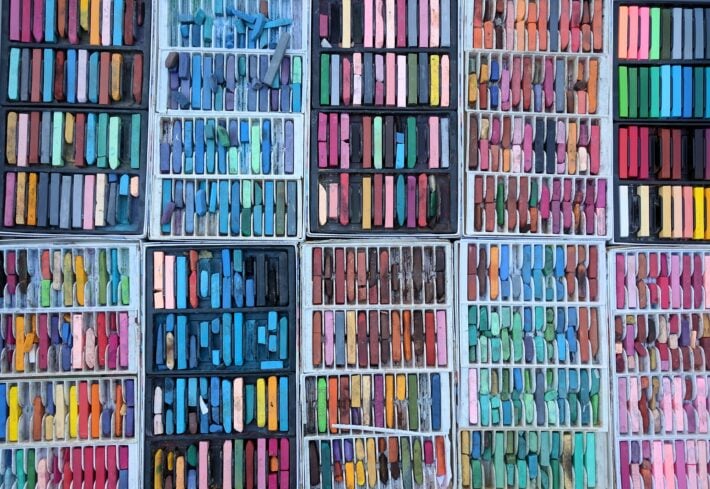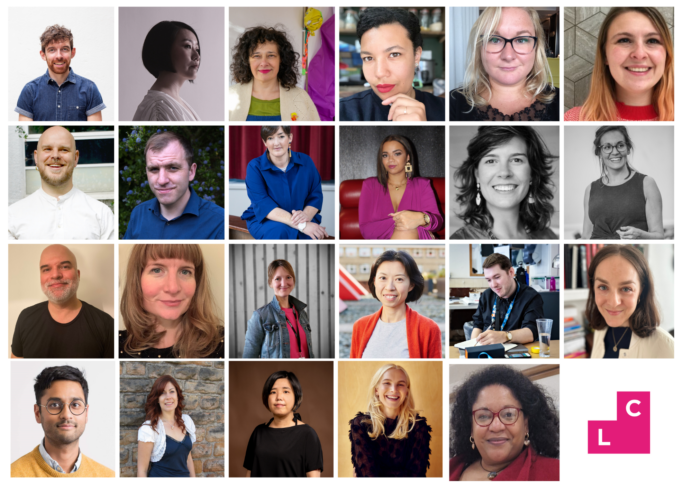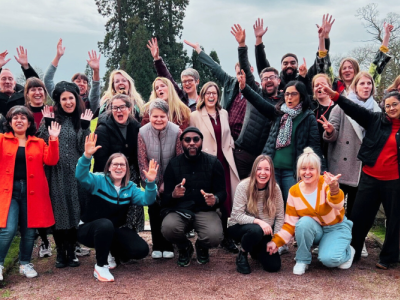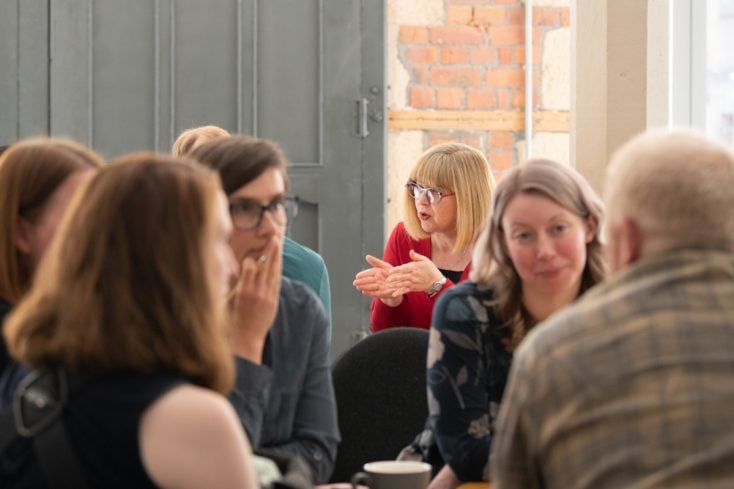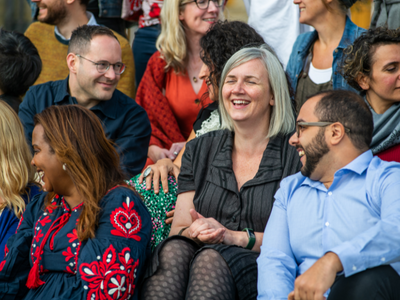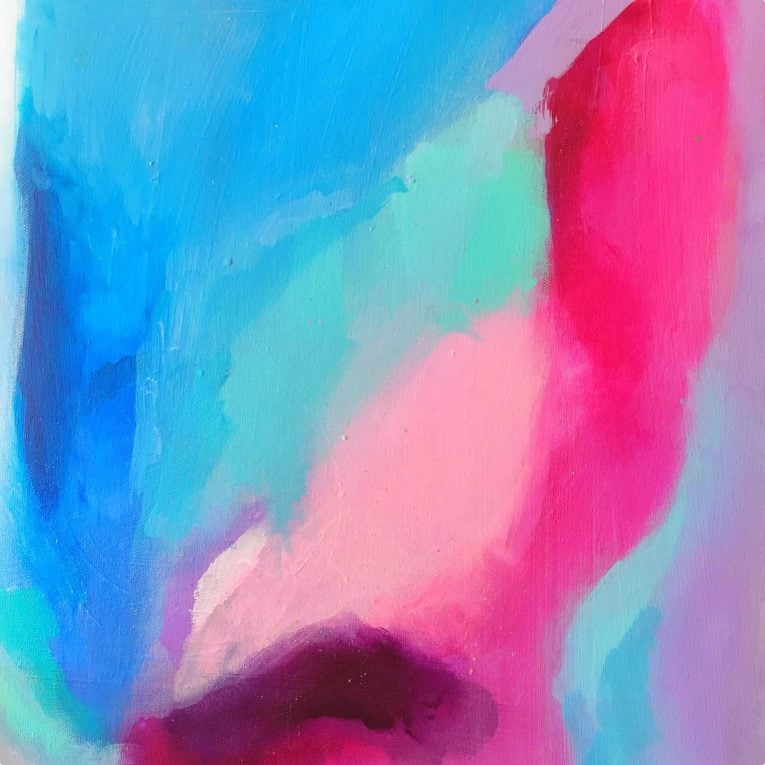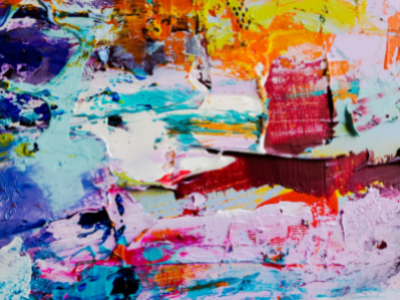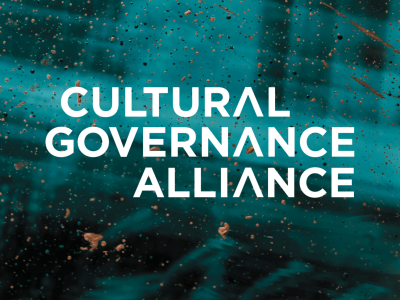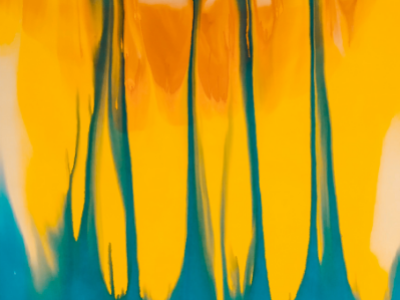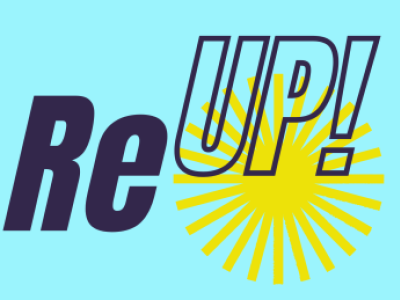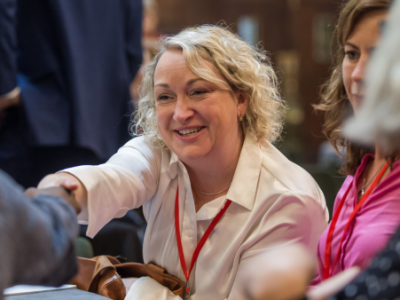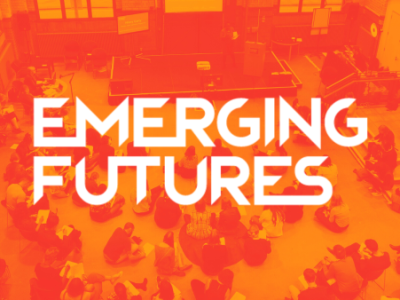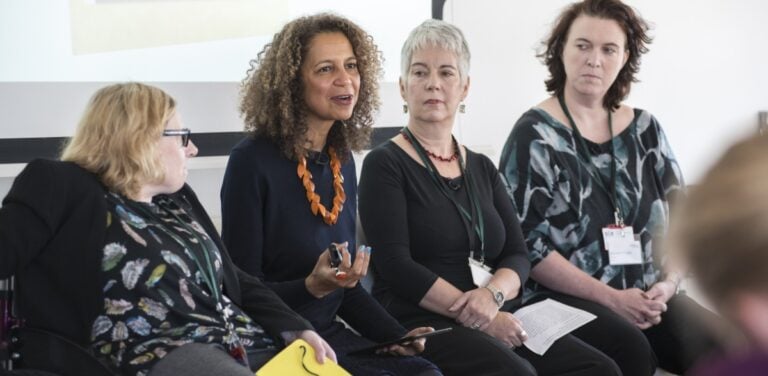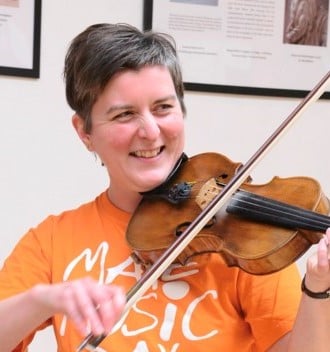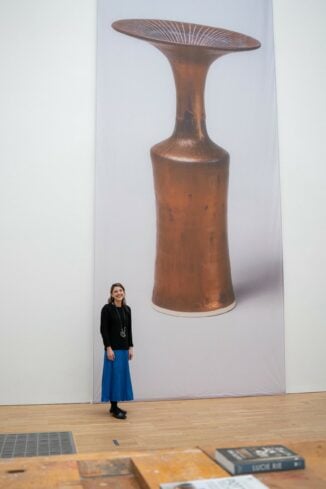A provocation for cultural leaders who are actively trying to be anti-racist.
Clore 16 Fellow Sade Banks is the Founder & CEO of Sour Lemons, a charity disrupting and dismantling systemic racism in the arts and culture sector. Turning sour lemons into lemonade, one at a time.
Before we begin, I intersect this piece with my own commentary, which is in green.
Racial language is ever-evolving and I am using the working definitions from Sour Lemons to talk about people who are of African, Caribbean and Asian descent.
I refer to us as Black and Global Majority people. Black because my work is addressing anti-blackness. Global Majority because people who have higher melanin levels in their skin make up 80% of the world population making us the Global Majority.
I reject acronyms such as BAME because they flatten our lived experiences and reduce us to a ‘minority’.
I will use other people’s definitions if I am quoting them.
Let’s begin.
Arts Organisation: “We’re really struggling to increase diversity on our board of trustees. We run open recruitment processes and have very low numbers of diverse candidates applying. The ones that do apply are often not experienced enough, or don’t have the skills we need. When we have appointed someone from this limited pool in the past, they often drop off the board within the first year, for reasons we aren’t sure of. Possibly the intensity of the commitment we do meet in the evenings after a long day at work. We are fully committed to increasing representation (currently 99.9% white British) as we recognise the importance of having more diverse visibility from the bottom of the organisation, all the way through to the top. Especially given that we are based in London!”
Racist Funder’s response: “We’ve heard this from a few of our grantees and let’s start by saying that you are not alone. We recognise these challenges and have even experienced them ourselves when trying to diversify our board and advisory committees. Next month we will be opening a specific fund to identify emerging leaders who might not have considered a board position previously. The fund will include training, mentoring and support costs as we recognise unpaid roles like trusteeships are particularly difficult for BAME individuals. We really encourage you to apply for the fund although we should give a heads up that we’re expecting a high volume of applicants!”
Anti-Racist Funders response: “How have you interrogated the culture of your board to understand why board members from different cultural backgrounds are leaving soon after they are appointed? What are the recruitment methods you have experimented with so far? How have you listened to, and integrated the feedback from board members who left? What is your current practice of accountability? Do you experience this pattern in your broader recruitment practices? Have you considered there might be something wrong with the environment you are inviting people to join, as opposed to there being something wrong with the individuals?”
Sigh.
It’s exhausting even writing this.
This is a hypothetical exchange, but the words are intentional and loaded. I’m exhausted because they are too familiar and underpin the UK’s response to ‘increasing diverse representation in the arts’ we’ll fix it with a programme that up-skills Black and Global Majority people to fit into the existing culture. Or even better, we’ll create something special ‘over there’, ‘round the back’, ‘in the attic’, ‘the downstairs studio’ or even ‘the bar’ – something away from the mainstream that we can view, appreciate (appropriate) and never fully integrate because it’s too different to us.
Dr. Ibram X Kendi writes about the Duelling Consciousness in his book, How to Be Anti-Racist, and provides a useful framework for how racism works in systems which I have summarised:
An assimilationist policy or scheme creates an opportunity for Black and Global Majority people to ‘level up’ to the superior culture, whiteness.
There must be something wrong with the individual, it’s not their fault they are inferior and finding the conditions challenging, let’s create an opportunity for them to be more like us.
A segregationist policy or scheme separates the ‘other’ from the superior culture, whiteness.
They can never be like us, we’re too superior. Let’s create an alternative ‘over there’ that gives a nod to their difference but not on the same level as us (that would be ridiculous).
An anti-racist would…
…invite the reader to continue and see if they can answer that question themselves?
Moving on.
The arts and cultural sector has a history of devaluing Black and Global Majority People.
In 1979, Naseem Khan produced a report called The Arts Britain Ignores: The Arts of Ethnic Minorities in Britain. Khan called out Britain for disregarding the unique and rich art produced by ‘minorities’ at the time and recognised that they were [right to feel] excluded from mainstream British society. She concluded that in order to make these minorities feel at home in Britain, they must be encouraged to develop and express themselves through their own forms and cultural traditions.
This led to a surge in programming of Black and Global Majority art and an emphasis on increasing diverse audiences. However, programming Black art through the white gaze has a few problems…
In a society that upholds white supremacy, art created by Black and Global Majority people is seen as ‘less than’, meaning it needs to be exotic and culturally specific (Notting Hill Carnival) to be accepted and ‘make sense’ to the average programmer and audience attendee.
Segregationist programming, the ‘have your bit over there’ mindset, allowed venues to programme a mainstream (white) season of work, with one or two diverse (Black and Global Majority) shows or faces to tick quotas and fulfil funding obligations. This type of programming often feeds into the racist belief that the Black and Global Majority experience only exists through struggle (slavery, gang culture, poverty etc.) or heightened cultural celebrations (think Notting Hill Carnival).
The few Black and Global Majority artists who create ‘high art’ (decided by the overwhelmingly white programming and commissioning scene), were able to use their influence to push back and create work that spoke to universal – read white – themes such as love and family. These creatives are held up as supernovas and the model assimilationists to inspire us all – enter the good immigrant.
N.B – I am not saying that Black and Global Majority people don’t want or need our own spaces to create art, or that we need the approval of the white gaze in order to be validated. I am pointing out that the lack of Black and Global Majority people in decision-making seats, creates an imbalance of power and takes away the choice. A lack of anti-racist education for everyone leads to problematic and prejudiced attitudes that feed a narrative that white is superior and correct, and that Black and Global Majority is inferior and incorrect, to be feared and to be ‘othered’.
Skipping to the ‘90s now, when the racist murder of Stephen Lawrence pierced the heart of London and led to an inquiry that acknowledged in 1997 that the British Police force was institutionally racist. The MacPherson Report said:
“Those at the top of every British organisation must accept the problem of institutional racism and examine the outcomes of their policies and practices to avoid race inequality.”
So although the report wasn’t specifically calling out the creative and cultural sectors, it absolutely called for a UK-wide scrutiny of institutional racism and sparked a national conversation about racial inequality, which led to policy change and a flurry of diversity initiatives in publicly funded cultural institutions. I won’t go into the details of them here, but there is a great article by Clive Nwonka about how these schemes focused on surface level diversity and lacked the systemic overhaul required to effect real change. My personal favourite was Channel 4 closing its multicultural department in 2001 under the belief that ethnic minorities had now been assimilated into mainstream society. Sure.
Aside from mainly promoting the racist idea of assimilating into mainstream (white) culture, these schemes also have something else in common: they all failed. I wonder if it was because they stemmed from the belief that there was something wrong with the individual?
Zooming out a bit…
Here comes the 2000s and the UK is spinning off the New Labour promise and Tony Blair’s push to dilute institutional racism to ‘diversity’ and then ‘multiculturalism’. The Business Case for Diversity was pushed to centre stage and backed by McKinsey research which forced people to see that diverse teams led to greater profit and innovation. The arts and cultural sector realised it needed to broaden the types of people in charge of programming and commissioning if it wanted to remain relevant and keep up with the targets created by Arts Council England.
Then a really weird (and probably obvious) thing happened; the UK responded to the MacPherson report’s call to examine institutional policies and practices with training to help individuals recognise and manage their ‘unconscious biases’ (UCB).
Huh?
According to data from McKinsey, the unconscious bias training industry is valued at $8 billion as of 2021 and is currently being scrapped as research is telling us that companies who have rolled out UCB training en masse have actually regressed because addressing thought patterns does not necessarily lead to behavioural change.
Yes, you read correctly; regressed. Imagine more Black and Global Majority people getting to the interview stage for a job because their ethnicity had been removed from their application form, to then experience greater levels of discrimination when the hiring committee overtly receive them with surprise and self-congratulation that they challenged their unconscious biases and allowed a ‘minority’ through.
Here’s a snippet from The Stephen Lawrence Inquiry Report: 20 Years On published by the Runnymede Trust in 2020:
“Then, for some, the language, and hence the thinking, moved from discrimination and equality to ‘diversity’, which can involve doing more but without sanction for doing nothing. Today we see many people almost automatically attributing the problem of less-favourable treatment to unconscious bias, which totally alters the dimension – no longer institutional, but primarily personal – and the responsibilities and mechanisms for change… which can operate against achieving coherent organisational change.”
Focussing on the individual takes away the collective accountability required to address systemic racism. Awareness without behaviour change leads to a more sophisticated way of hiding prejudiced beliefs. We know this because a 2019 NatCen and Runnymede Trust report found that 40% of people in Britain still believe that “some races are born harder working”.
*Brown girl hitting her face with her palm emoji*
The 2008 financial crisis came with drastic cuts to arts funding and jobs, starting with the most precarious and lowly paid positions, which were overpopulated by Black and Global Majority people (sound familiar?). Unpaid internships boomed and led to even more exclusion as the socio-economic gap widened, making it even harder for Black and Global Majority people from working class backgrounds to even get a foot in the door, let alone reach a leadership position to develop anti-racist practices…
N.B I am not saying that to be Black or in the Global Majority makes you automatically poor – because that is racist. I am pointing out the compound effect for those who do sit at the intersection of race and lower socio-economic standing which unfortunately is the majority of Black and Global Majority people in the UK because of racist policy making.
The 2008 financial crash led to a boom in freelancing and gave birth to the slash generation (writer/director/facilitator/masseuse) which might have given individuals personal power (the flexibility of choosing when to work, with whom and how much to charge) but only placed them further away from institutional power. Most arts organisations still have a predominantly white and affluent leadership team, with Black and Global Majority faces in freelance positions (Associates or Advisors), or small pockets of programming (Hip Hop Division), which creates influence with limited power and resources to execute change.
The 2015 report Panic! Social Class, Taste and Inequalities in the Creative Industries found that 48% of arts workers under 30 started out working for free. So an industry built on nepotism, predominantly occupied by the most privileged in society, became even more exclusive and made access for working-class Black and Global Majority people even harder.
2010 – 2016 introduced the Equalities Act, followed by Arts Council England’s Creative Case for Diversity which pushed hard onto the agenda and forced arts organisations to create equality policies and inclusion strategies by leveraging funding opportunities.
GREAT.
As in the early 2000s, even more schemes were launched (including ones that I built and ran personally) because they focused on the individual to change themselves in order to assimilate into a dominant culture.
I won’t name them specifically but the general gist has been:
Next Generation (focus on the pipeline)
Level Up (upskill mid-level Black and Global Majority talent before they fall off a cliff)
Change Heroes (find a Black and Global Majority person to solve the problem)
Incubate (come in, we’ll learn from your grassroots approach and then appropriate it).
All of these are aimed at increasing representation and some of them were designed to effect systemic change. Not all of them failed, but the majority did. I think the biggest indicator of this is that we can collectively name more diversity schemes than we can name individual leaders from ‘diverse’ backgrounds currently sitting in positions of power within the cultural sector. Think about it.
In case you need more evidence, here are some stats to back me up:
2015
The proportion of Black and minority ethnic executives in film production stood at zero.
Only 3% of employees in museums, libraries and galleries identified as Black or minority ethnic.
2018
Project Diamond (an accountability scheme established in 2016 to address and monitor diversity in TV) reported a regression in 2018. The proportion of BAME people working in senior production roles dropped from 12.1% to 10.7% and BAME writers fell from 9.1% to 6.5%.
2019
14% of the UK population is Black, Asian and ethnically diverse, yet:
Arts Council England’s Creative Case for Diversity report found that only 12% of the UK’s arts sector is ethnically diverse.
This looks okay-ish on the surface, but if you look a little deeper you will find that:
92% of ACE-funded organisations are white-led and only 6.8% of Chief Executives are ethnically diverse.
Ah, so the diversity is visible but without power. Got it.
2020
The Inc Arts report Hold on. Diversity and Managing in the Arts found that of the people they interviewed who identified as Black or Asian, 40% were more likely to be in programme creation roles and their contracts are more likely to be over shorter periods (three months or less, than for longer periods (more than nine months).
The report also found that white men are more likely to have longer careers (ten years plus) and greater management responsibilities (managing ten or more people).
I’ll let you analyse that one.
Covid-19 swept the industry sideways and, much like the 2008 financial crisis, the individuals left at the table with job security and in the unfortunate position of making redundancies, were mainly white and privileged. Black and Global Majority people were disproportionately impacted due to the precarious nature of their jobs. The cultural sector’s freelance pool took quite a hit and, with 51% of freelancers identifying as Black, Asian and ethnically diverse (Inc Arts again), this has had a brutal impact that we are still feeling now.
A perfect example of this disproportionality is this: I remember talking to a Chief Executive of a major London cultural institution last year who shared how sad she was to make a third of her workforce redundant and that she was worried how it would look. I asked what she meant by this and she said she was worried that all of the diversity efforts were being wiped out overnight and that they would essentially be going back to square one.
I asked her to consider the strength of being exposed in this way. If the majority of her diversity efforts had been in casual, low paid positions, then she had only been window dressing anyway. Her fear of perception was greater than her desire to create equity which had led to short-term interventions and surface-level solutions.
Another really important event happened last year: the murder of George Floyd. This shone a light on systemic racism in the US and the UK and was compounded by the disproportionate rate that Black and Global Majority people were dying due to Covid-19. A flurry of black squares and anti-racist statements of intent flooded our social media feeds and the majority of the sector became hyperaware that its foundations were indeed racist.
Good intentions by liberal good people are not enough.
Creating a front of house team who are predominantly Black and Global Majority with a majority white leadership and hoping for ‘internal progression’ is not anti-racism work.
It’s the opposite and is a good starting point to begin unlearning.
Anti-racism work is about daily actions with little reward or personal glory. It requires long term energy, marathon energy, and the willingness to be seen, to be vulnerable, to get it wrong and be humbled.
Someone once said to me that they wanted to be my favourite student and it made me laugh because it sounded like they wanted me to congratulate them on being the best at not being racist.
Anti-racism requires white people to de-centre themselves and, probably at some point, also unseat themselves. And not necessarily on your timeline – in fact, probably not. That’s an uncomfortable thought. Obtaining power to redistribute power. I call that radical generosity.
If you are reading this and feeling uncomfortable, then lean into it. Fact check what I have said and I invite you to do your own investigation. If you have been involved with a scheme that aimed to address diversity, go back and analyse it using this provocation:
- Did it promote assimilation into a dominant ‘white’ culture?
- Did it segregate Black and Global Majority people to ‘over there’ or position them as ‘less than’?
- Did it create roles with high visibility or influence, but little institutional power?
- Did it involve and centre the needs of the people most impacted by systemic racism?
If you find examples that are genuinely anti-racist, then please do share them. We all have learning and unlearning to do, including me. Anti-racism is a lifelong journey and a daily practice. My biggest growth has been in my failings and I refuse to be silent or stagnant.
For the people at the back, I am not saying that development programmes are inherently bad or that we should scrap them completely. I am saying that they alone will not fix a system that is rooted in oppression. To disrupt systemic injustice, we need all strategies to focus on anti-racism practice and not on assimilation or segregation.
In the words of the great Dr Maya Angelou: “Do the best you can until you know better. Then when you know better, do better.”
Themes Inclusive Leadership Practice Qualities of Leadership
